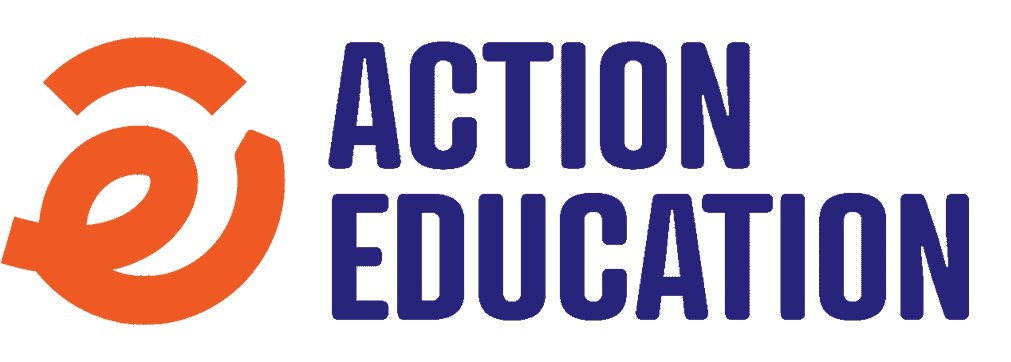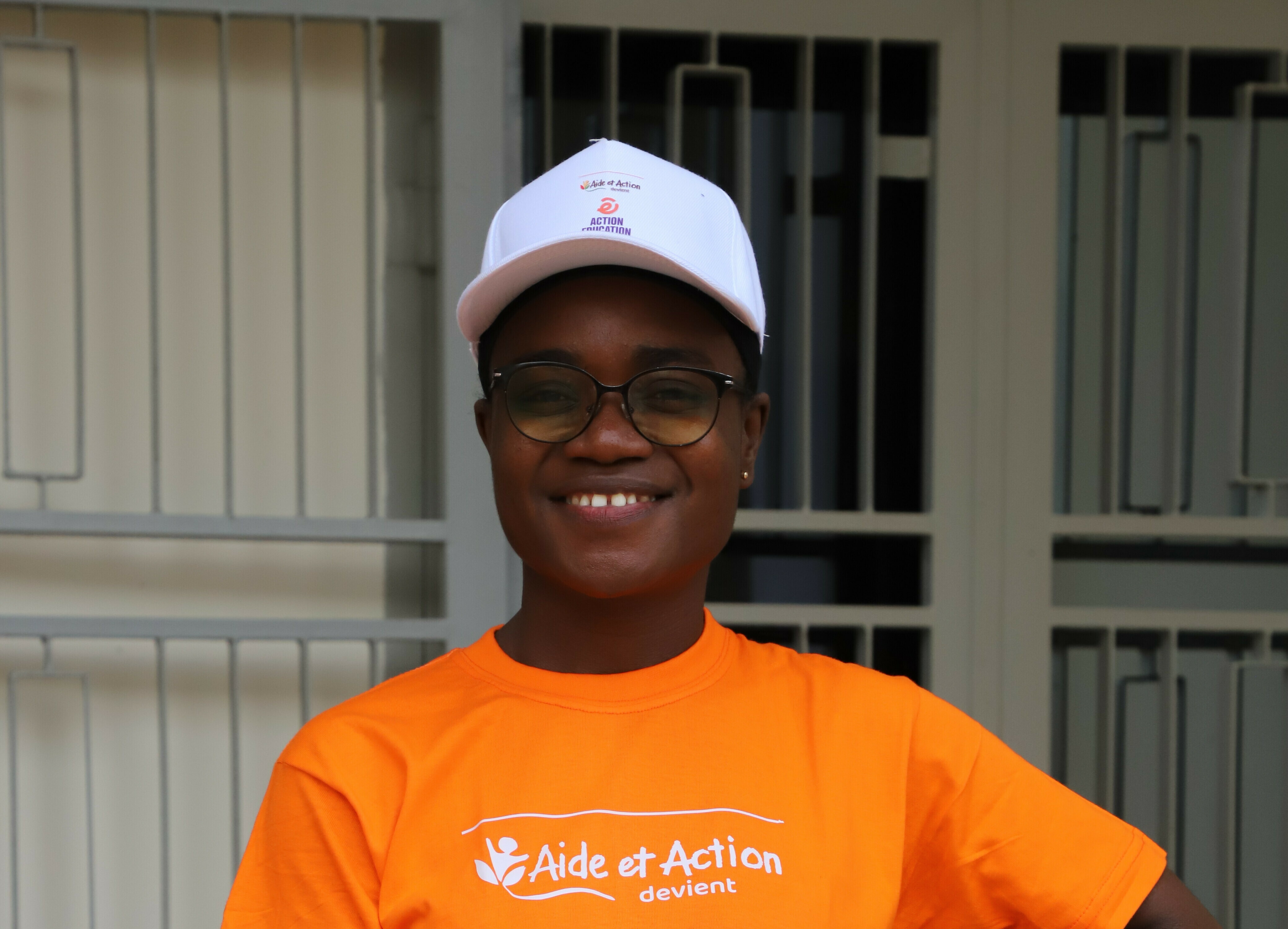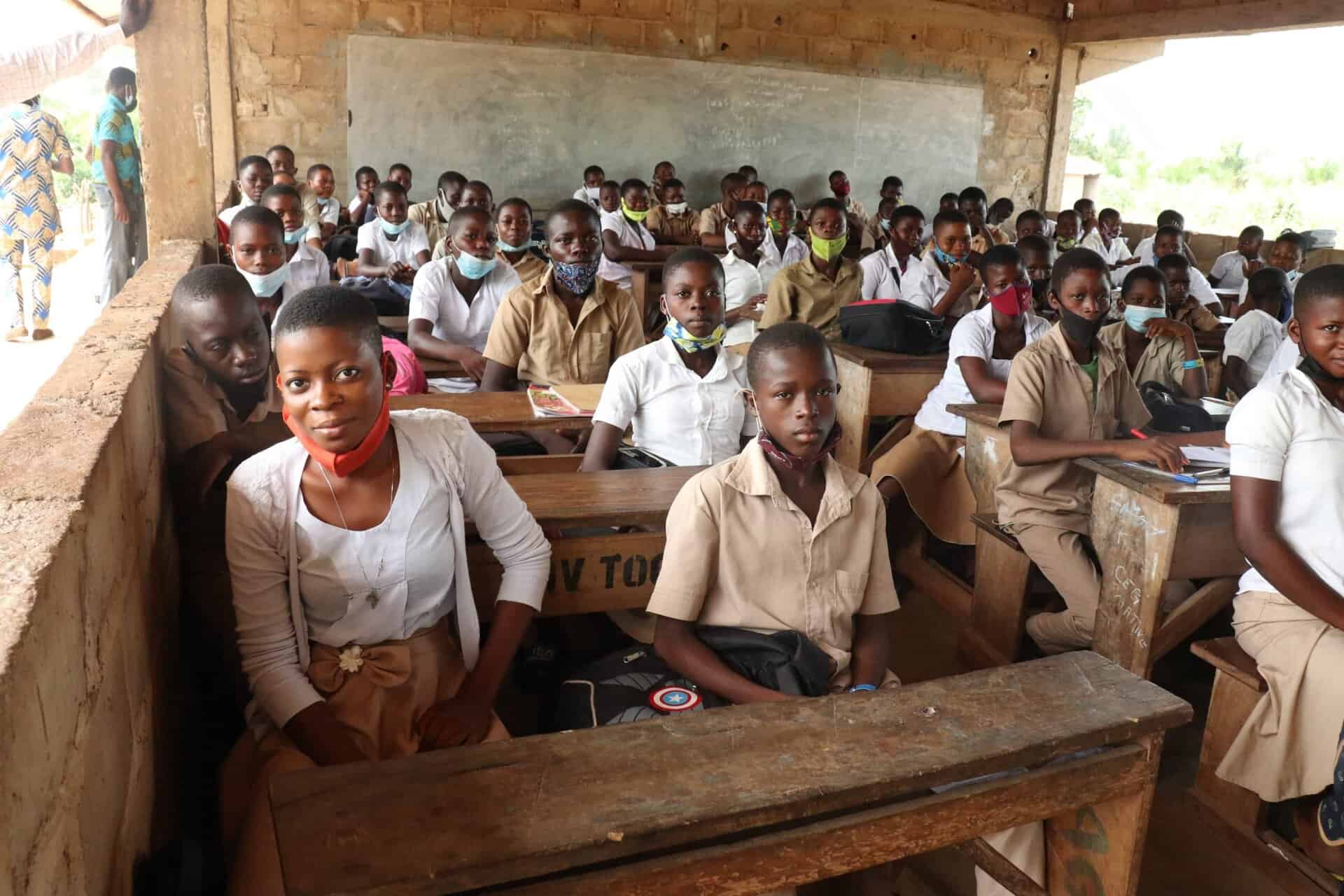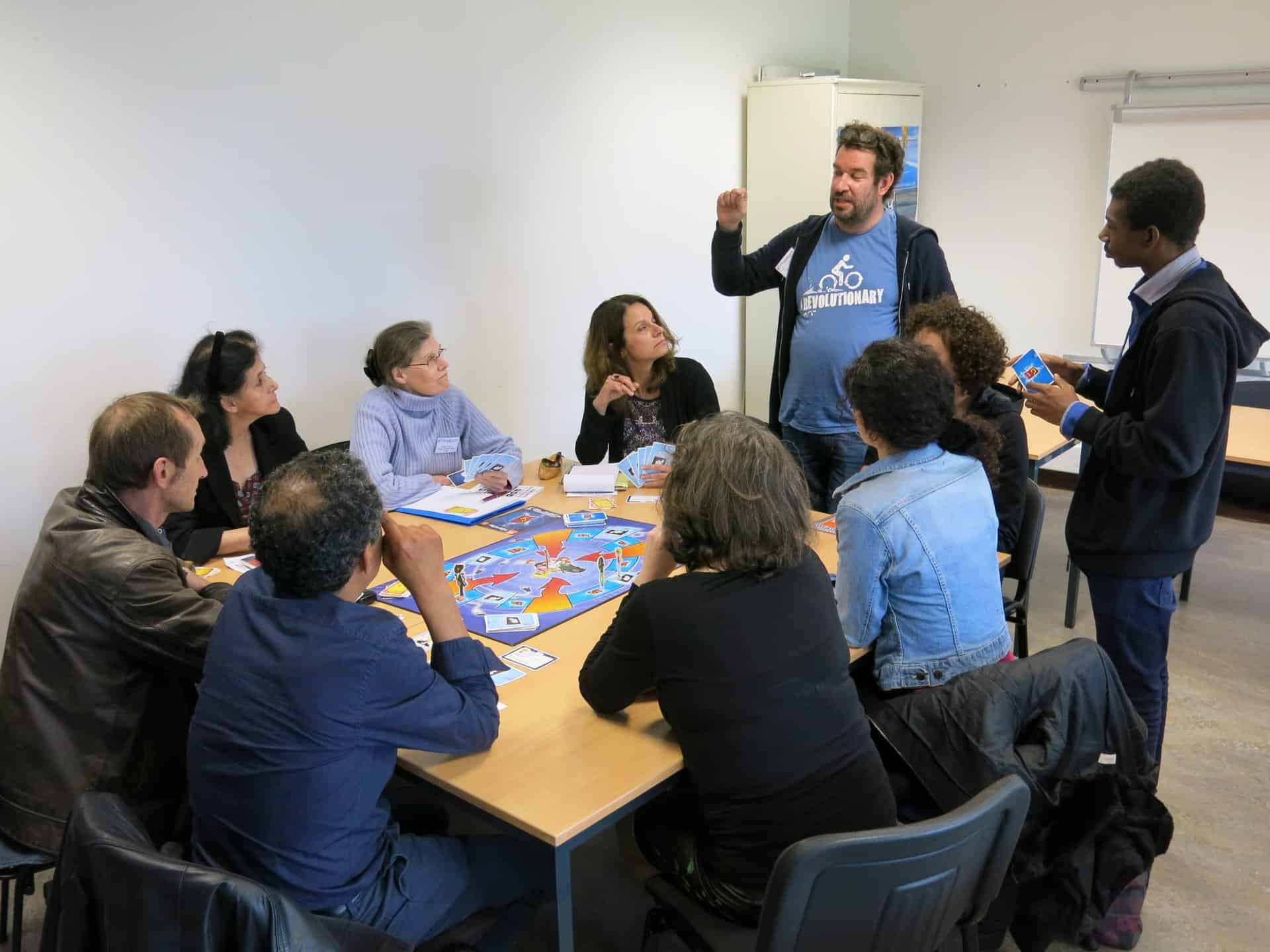Photo credit: Christine Redmond
Beyond the profound disruption it has caused to education systems, the COVID-19 pandemic is also likely to lead to a significant increase in child labour as families' livelihoods decline. This is the case for Chana and Ley, two Cambodian children, aged 12 and 9, who were forced to work when schools closed to help their families survive.
Since 2000, the number of child labourers worldwide has fallen by 94 million, an achievement that is now under threat. Indeed, according to theInternational Labour Organization (ILO) and theUNICEFIn Cambodia, COVID-19 could lead to millions more children working. This is already the case in Cambodia, where young people often have to contribute to the income of their families living below the poverty line.
Living conditions worse than anything else
À Phnom PenhMany families in the Cambodian capital were already living in poverty before the pandemic. Today, their living conditions are even worse than before. With parents having lost their jobs due to the crisis and children no longer able to access school meals due to school closures, it is sometimes difficult to survive on a daily basis.
So Chana, 12, and her friend, Ley, 9, both went to work. During school closures, they would walk the streets of their neighbourhood collecting plastic and recyclable waste to try to earn an income. Sometimes they would spend a whole day doing this, sometimes only in the evening or at night when it was not so hot.
A real question of survival
The Convention on the Rights of the Child However, the Convention on the Rights of the Child recognises the right of the child to be protected from economic exploitation and from performing any work that is likely to be hazardous or to interfere with the child's education, or to be harmful to the child's health or physical, mental, spiritual, moral or social development. But in this extreme context, the work of the whole family can be a matter of survival.
Several studies show that a one percentage point increase in poverty leads to an increase of at least 0.7 per cent in child labour. A coping mechanism as unfortunate as it is necessary.
Both children, however, hoped that their situation would not last and that they could return to school as soon as possible. While many schools have reopened in Cambodia: In September, children in this region were only attending school for about an hour a day due to restrictions on classroom size imposed by the COVID-19 prevention measures. Since the beginning of November, schools in the country's capital have been completely closed again. As education continues to be disrupted, Chana and Ley's hope seems rather slim as child labour often means dropping out of school.






